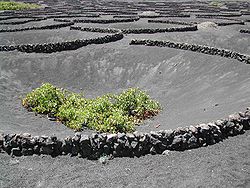posted 11 years ago
Daniel, maybe you should look into diversion swales to help supplement your water loving plants. This will help catch more water from a larger area and dump it into your infiltration basin. I think you should also look into making your IB deeper than normal, since more water will be coming in.
Of course, this all depend on how much rain you get, your climate, etc. The less water you get, you would make your IBs broader, especially if you want water loving plants in them.
Not sure if that helps or not, but that is the knowledge I have/can provide in regards to what you are asking.








